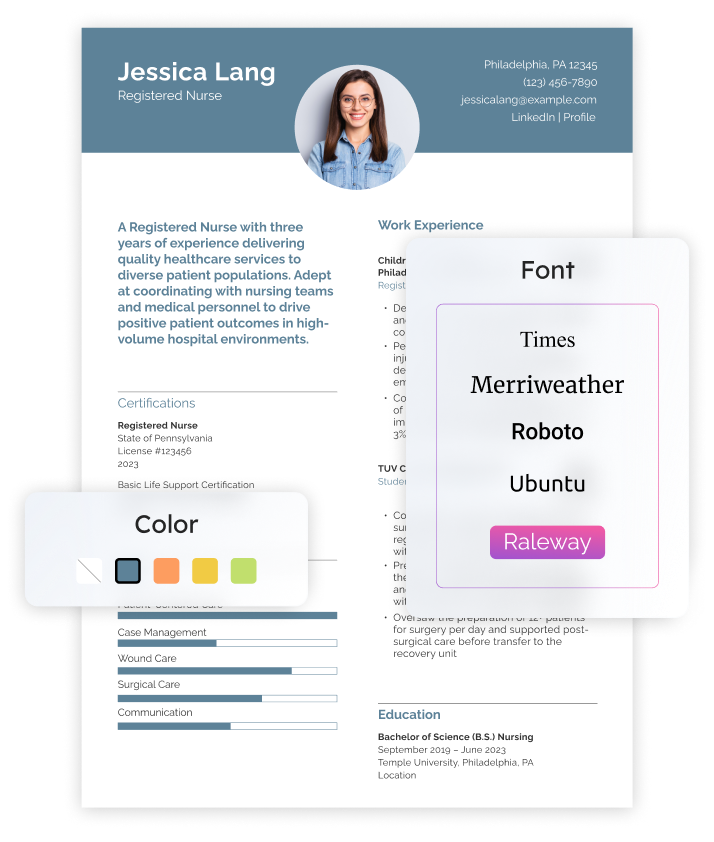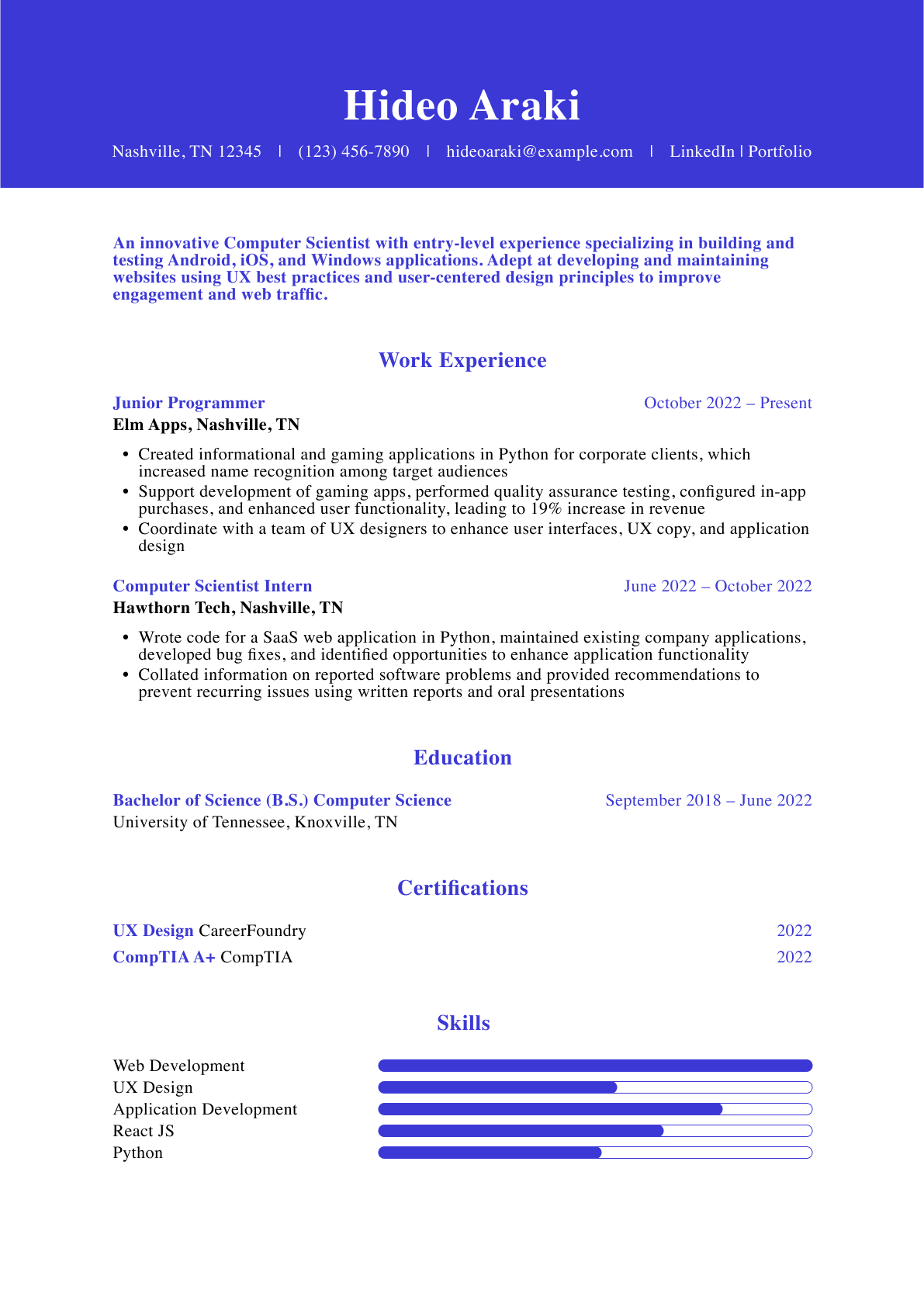The weakest way to start your cover letter is with “To Whom It May Concern.” This vague, antiquated phrase causes a hiring manager to ask, “Does this really concern me?” – at which point your letter will pale compared to all the more urgent matters on their desk.
Fortunately, it’s easy to avoid “To Whom It May Concern” as your salutation. See how to address your recipient more clearly and confidently.
Use This Default Greeting
First, replace “To Whom It May Concern” with the more straightforward “Dear Hiring Manager.” Consider this phrase your new default for those rare cases where you don’t know anything about your addressee or the hiring organization. But also view it as a foundation on which it’s important to put other details revealed by the job posting.
Here are the five most common types of information you can find in a job posting, along with tips for adding them to “Dear Hiring Manager.”
1. Company name
Most job postings specify the hiring company. In these cases, simply place it before “Hiring Manager.”
Template
Dear [Company] Hiring Manager:
Example
Dear SZN Inc. Hiring Manager:
2. Division or department name
If the job posting doesn’t name the company, it may still mention the division or department you’d be working for. Take the same approach.
Template
Dear [Department] Hiring Manager:
Example
Dear Sales Department Hiring Manager:
3. Addressee’s job title
Some job postings give the title of the person you’re sending your application to or would report to in the role. Replace “Hiring Manager” with their given title.
Template
Dear [Job Title]:
Examples
Dear Recruiting Manager:
Dear Internship Coordinator:
You can combine these first three variables to the extent you know them, such as with:
Dear [Company] [Job Title]:
Example
Dear TAO Services Accounting Manager:
But depending on the job details, that can make an awkward “noun pileup” such as:
Dear PricewaterhouseCoopers Sales & Marketing Department Recruitment Officer:
In these cases, keep the job title but move the other details above your greeting, as in:
PricewaterhouseCoopers
Sales & Marketing Department
300 Madison Ave
New York, NY 10017
Dear Recruitment Officer:
Or, if you’re sending your cover letter as an email message, you can move details up to the subject line instead:
[Subject] Job inquiry – PricewaterhouseCoopers Sales & Marketing
Dear Recruitment Officer:
4. Work culture
If you know or can tell a hiring company’s work culture is on the casual side, you can trade out “Dear” for the less formal “Hello,” “Greetings,” or even “Good morning.” You can also make the text slightly less formal by trading the colon at the end of the line for a comma.
Example
Greetings SOE Services,
5. Addressee’s name
As the best option, trade out “Hiring Manager” for the addressee’s name if it appears on the job posting.
Template
Dear [Mr./Ms./Mx.] [Last Name]:
Example
Dear Mr. Bergsen:
Use “Ms.” for female recipient names unless the job posting suggests they’re to be addressed as “Mrs.” or “Miss.”
If the recipient’s name is non-gender specific, use their full name (or just their first name for a company with a more casual work culture).
Examples
Dear Alex,
Dear Alex Thompson:
Keep Your Introduction Personal
Apart from “Dear Hiring Manager” and its many variations, you can also avoid “To Whom It May Concern” by referring to the job opening at hand, as in:
Re: [Job Title] Opening
Example
Re: Sales Manager Job Opening
This option is specific and concise enough. But we don’t recommend it because it’s not very personable. When possible, address your recipient directly – your cover letter is, after all, a letter. By keeping that human touch, you’ll help hiring managers envision you as someone they can call and have in for an interview.
Frequently Asked Questions: “To Whom It May Concern” on a Cover Letter
Is it professional to say, “To Whom It May Concern”? -
Technically, yes. “To Whom It May Concern” is a formal phrase long used for certain business communications. But it’s a poor choice for a cover letter and may even be seen as unprofessional by recipients whose names you know or can easily find.
Why is “To Whom It May Concern” a bad cover letter greeting? -
Because it comes off as vague and passive. Two main goals of any cover letter are to engage with a specific employer or job opening and to strike a confident tone. You can serve these goals better by addressing your recipient directly or using “Dear Hiring Manager” if no details about them are available.
Can I omit my cover letter greeting altogether? -
Yes, but we discourage it. When your letter cuts straight to the first sentence, it can make hiring managers doubt you’re addressing them specifically. It can also make them unsure if they’ve even received your full message.
Craft your perfect resume in minutes
Get 2x more interviews with Resume Builder. Access Pro Plan features for a limited time!



